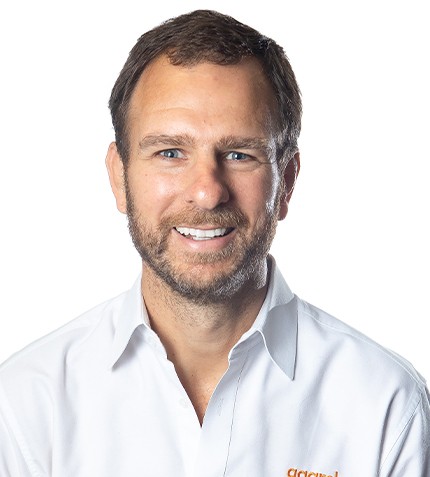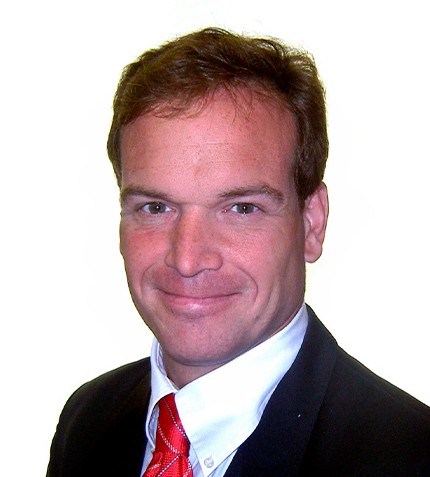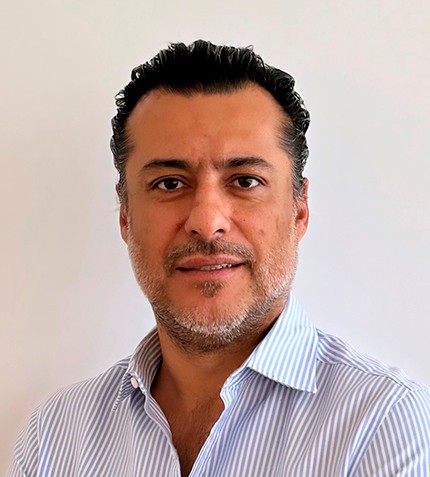
“For most mining operations, hybrid energy solutions utilizing a combination of solar, water, thermal, diesel, or gas resources are still the best option today, as they are the only way to guarantee a consistent power supply.”
Pablo Varela
MANAGING DIRECTOR – LATIN AMERICA, AGGREKO
Can you elaborate on the power solutions Aggreko provides to the mining sector for different stages of the mining life cycle?
Aggreko is a proud partner to the mining industry in all stages of power for the mining life cycle, from exploration to closure. The company offers a wide range of bespoke energy solutions, often the main source of power in isolated mines, using the latest fuels and storage solutions. We recognise our position as partners in the energy transition and are constantly evolving our products to provide better solutions. Whether it is diesel, gas, hybrid or HFO, Aggreko can provide power, heating and cooling systems ranging from day hires to 20-year contracts, as we offer flexible agreements to suit any situation.
Can you elaborate on Aggreko’s partnership with Gold Fields at the Salares Norte mine, working on the company’s first hybrid installation and largest photovoltaic solar installation in Chile?
Aggreko’s partnership with Gold Fields started 15 years ago in Australia, at the Granny Smith gold mine. Initially we provided them with diesel rental solutions, and later moved to gas, battery and hybrid solutions to align their power consumption with their environmentally-focused approach. Over the years, we have improved their power generation technologies to make it more cost effective and efficient, as well as to reduce their carbon emissions and impact on the environment.
Gold Fields approached us during the planning stages of Salares Norte, to come up with the best sustainable power solutions for this large scale development. The flexibility of our contract is a great advantage and Aggreko has committed to deliver power to the Salares Norte project for the whole life of mine, which is initially 10 years but will likely be extended. We will start by providing diesel and solar solutions, but have committed to improve the technology as the availability of newer innovations comes to the market.
We are already evaluating new solutions for installing batteries for such a large scale project, installing virtual gas pipelines to the site, and other opportunities to improve power sources within the mine. We currently have several small power plants running at different sites and already began construction on the main power plant which will first run on diesel while we are working on the environmental approvals to install the solar PV solution. Ironically, it takes longer to attain a solar approval than a diesel approval.
To what extent can renewable energy sources reduce the carbon footprint of a mining operation?
When operating in remote areas, power generation is a necessity. The traditional solution has been thermal power, but carbon emissions are high in this process. Companies are starting to look at power generation sources which have a lesser impact on the environment, such as solar. The challenge is that one cannot rely 100% on solar due to penetration limits, and therefore hybrid solutions have been receiving great attention. Solar penetration is generally up to 30%, but by adding batteries one can increase penetration, depending on the investment. There is also a focus on switching from diesel to gas, which can significantly reduce a project’s carbon footprint. One of the important trends, electrification, can be even more sustainable when using a hybrid power solution which incorporates renewable energy sources.
How do you think political changes in Chile could impact the landscape for investment in renewables?
It is difficult to predict the way forward with the new administration. Clarity on regulations and policies will be greatly beneficial in attracting FDI as certainty that contracts will be respected increases investor confidence. Chile has always been transparent and the main mission of the new government is to show that they can continue providing clarity to investors regarding rules and regulations.
The cost of solar energy has reduced considerably in the last decade. Today, how does it compare with traditional forms of energy from a cost/benefit standpoint?
From a cost perspective, operating on solar becomes favorable after aproximtely eight years, if compared with thermal. Thus, if an operation will not last that long, it will be more beneficial to use thermal power, unless you can get a redeployable thermal asset as we are offering today to some of our mining customers for their construction phase. A battery solution is also required for using power during the night, but this is still expensive. Hybrid solutions utilizing a combination of solar, water, thermal, diesel, or gas resources are still the best option today as they are the only way to guarantee a consistent power supply. Interruptions in power supply can greatly impact on a mining operation and it is important to implement a power solution which is reliable, sustainable, and cost efficient.










